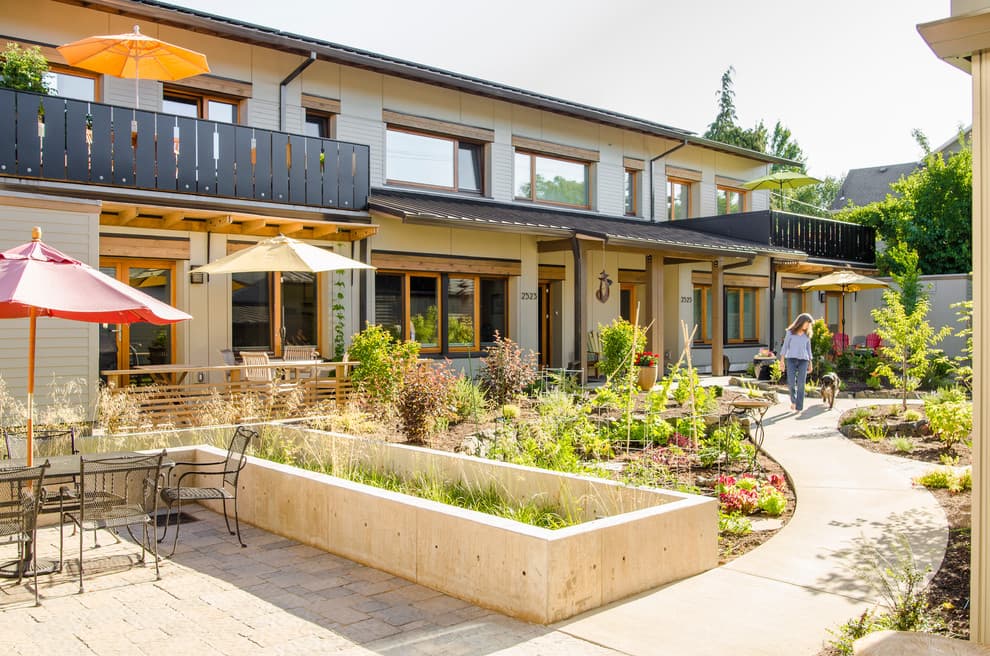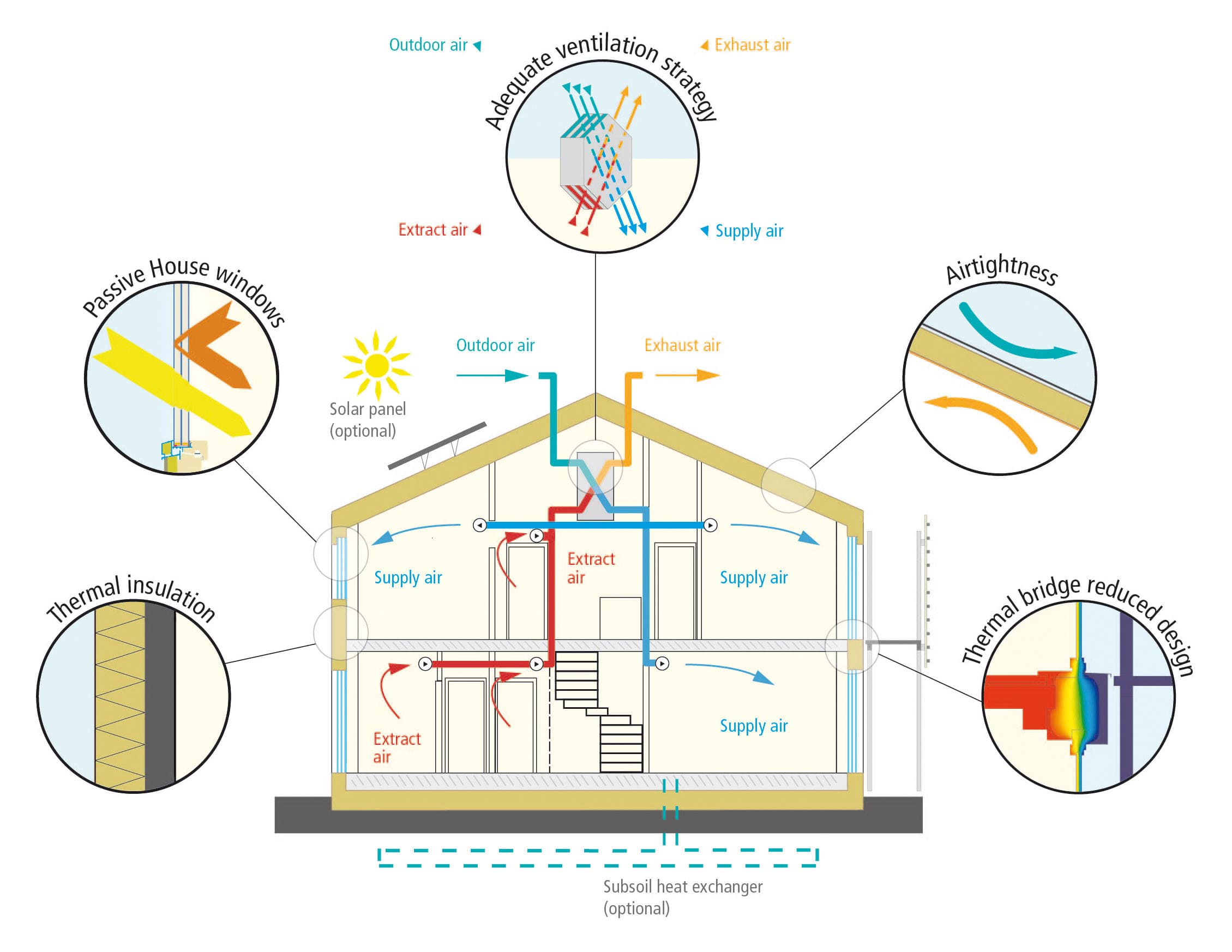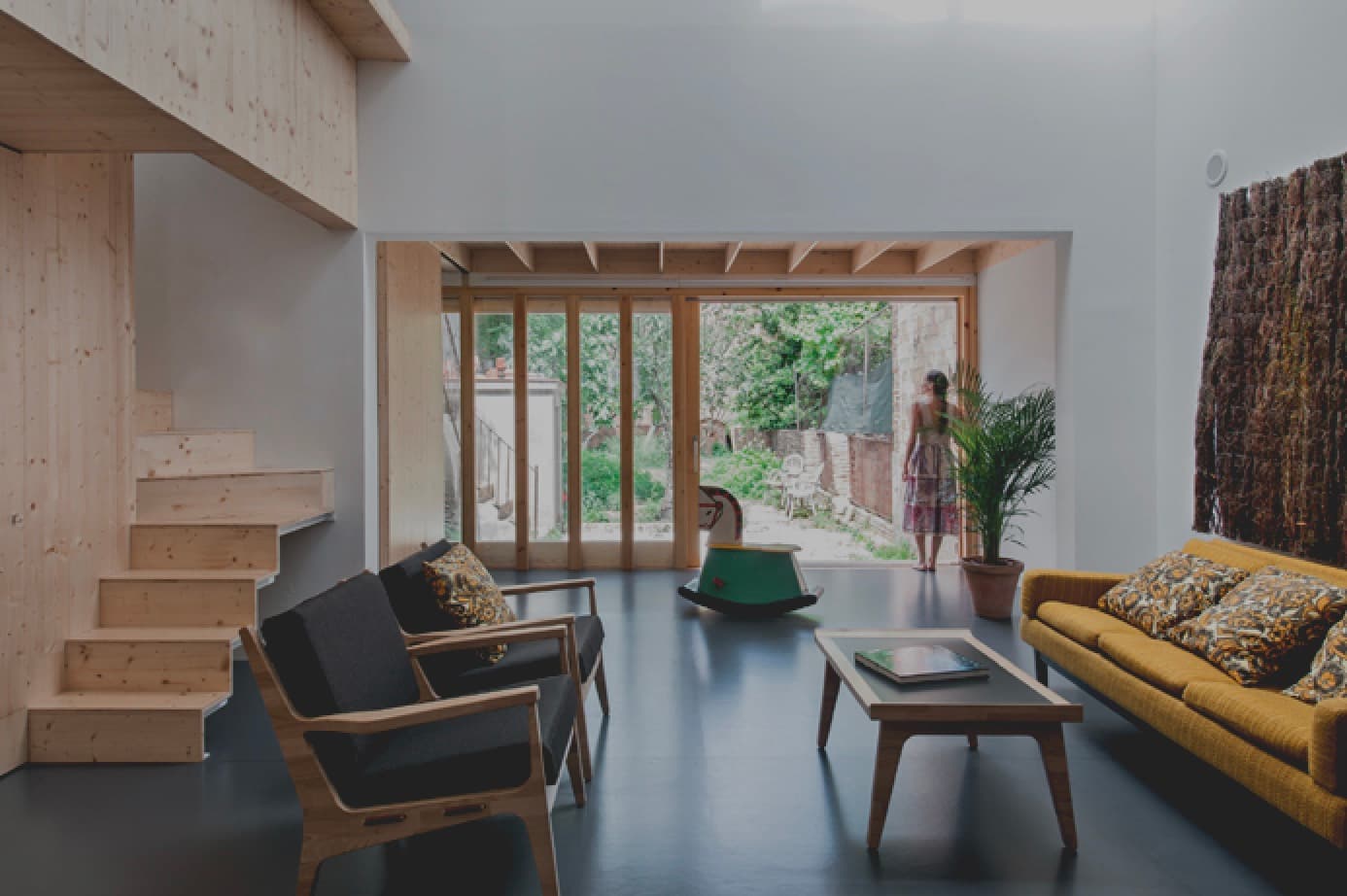
Superior Insulation: The Foundation of Passive Houses
Superior insulation is one of the most fundamental principles of passive house construction. It plays a crucial role in maintaining a comfortable indoor temperature while minimizing energy consumption.
Why is Insulation Important?
In a passive house, insulation serves several critical functions:
- Heat Retention: Keeps warm air inside during winter
- Heat Protection: Prevents excessive heat gain during summer
- Energy Efficiency: Reduces the need for heating and cooling
- Cost Savings: Lower energy bills throughout the year
- Comfort: Maintains consistent indoor temperatures
Key Components of Passive House Insulation
1. Walls
- Typically 25-40 cm thick insulation
- U-value below 0.15 W/(m²K)
- No thermal bridges
2. Roof
- 30-40 cm insulation thickness
- Protection against summer overheating
- Proper ventilation to prevent moisture
3. Foundation
- Insulated slab or basement
- Prevention of ground moisture
- Thermal bridge-free connection to walls
Common Insulation Materials
-
Mineral Wool
- Excellent thermal properties
- Good sound insulation
- Fire resistant
-
EPS (Expanded Polystyrene)
- Cost-effective
- Moisture resistant
- Easy to install
-
Wood Fiber
- Natural and sustainable
- Good summer heat protection
- Excellent moisture regulation
Installation Best Practices
- Continuous insulation layer without gaps
- Professional installation to avoid thermal bridges
- Proper moisture barriers and ventilation
- Regular quality checks during construction
Benefits of Superior Insulation
-
Energy Savings
- Up to 90% reduction in heating energy
- Significant cooling energy savings
- Lower carbon footprint
-
Comfort
- Even temperature distribution
- No cold walls or floors
- Improved acoustic comfort
-
Building Protection
- Prevention of condensation
- Protection against mold
- Extended building lifespan
Cost Considerations
While superior insulation requires higher initial investment, it offers:
- Long-term energy cost savings
- Increased property value
- Lower maintenance costs
- Government incentives in many countries
Conclusion
Superior insulation is not just about adding thick layers of insulating material. It requires careful planning, professional installation, and attention to detail. When done correctly, it forms the foundation of a comfortable, energy-efficient passive house that will perform excellently for decades to come.

Ankeny Row: Cohousing for Seasoned Folks in Portland
How a group of baby boomers created a Passive House cohousing community in Portland, Oregon, that addresses both environmental sustainability and the social needs of aging in place.

Evolving Passive House Standards: Adapting to Climate and Context
Explore the evolution of Passive House standards from the original 'Classic' model to climate-specific certifications like PHIUS and EnerPHit, reflecting a growing need for flexibility and global applicability.

Applying Passive House Principles in Different Climates
Discover how Passive House principles can be successfully adapted to diverse climates worldwide, with real-world examples and practical solutions for maintaining comfort and efficiency in any environment.